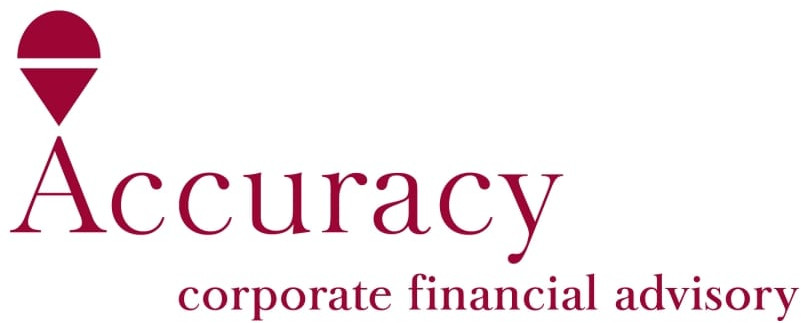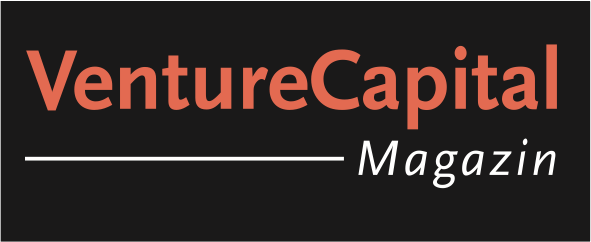NEWSLETTER of June 3, 2022
The following content has been added at finexpert:
Studies > M & A
Man Group
DEALING WITH HIDDEN EQUITY RISK IN M&A DEALS
Assets under management in merger arbitrage hedge funds has quadrupled from USD 22 billion to USD 85 billion in the last 10 years. 2021 was a stellar year for M&A activity, with more than 40,000 deals announced globally. Chances are that a fund manager will, at some point, be exposed to a stock which is the target of an acquisition. As risk arbitrage strategies attract more capital, there is an increased need from risk professionals and hedge fund managers to represent the risk coming from M&A activity as accurately as possible. >more
Studies > M & A
FINANCE MAGAZIN
M&A PANEL MAI 2022
Actually, after the brilliant comeback from the core crisis year of the Corona pandemic 2020, M&A advisors had expected to be blessed with an abundance of deals this year as well. Then the Ukraine war came along and abruptly put the brakes on the M&A market. Although the deal flow has not completely stopped, M&A advisors are feeling the first signs of the cooling market, as the current FINANCE M&A Panel shows, for which FINANCE regularly asks M&A heads from companies as well as M&A advisors and investment bankers for their market assessment. >more
Studies > Alternative Investments
PGIM
CRYPTOCURRENCY INVESTING: POWERFUL DIVERSIFIER OR PORTFOLIO KRYPTONITE?
To understand the investment implications of the evolving cryptocurrency space, PGIM’s latest paper draws on the insights of over 30 PGIM investment professionals across fixed income, equity, real estate and private alternatives – as well as leading economists, venture capitalists and crypto investors. Despite the hype, we find little evidence that cryptocurrencies offer any meaningful opportunities for institutional investors. Instead, we argue that enduring value will be found not in direct ownership of cryptocurrencies, but in the real-world applications of blockchains themselves. >more
Studies > Accounting
Bain & Company
CLOSING THE PUBLIC-PRIVATE ENVIRONMENTAL TRANSPARENCY GAP
Despite growing pressure from investors, customers, and regulators, private companies trail public companies by a wide margin in reporting on environmental impacts. Private companies tracked by CDP cite resource constraints, capability gaps, and a lack of urgency from leadership as challenges to better reporting. Yet as demands for transparency build, the most proactive firms aren’t standing still. They are developing clear, pragmatic strategies to measure and mitigate impacts one step at a time. >more
Research Papers > Corporate Governance
CEO MARKETABILITY, EMPLOYMENT OPPORTUNITIES, AND COMPENSATION: EVIDENCE FROM COMPENSATION PEER CITATIONS
Daewoung Choi, David C. Cicero, and Shawn Mobbs
2021
Mandatory disclosure of CEO compensation peers signals potential outside opportunities for the cited CEOs by revealing which companies view them as viable executive candidates. CEOs cited often as compensation peers – especially by larger firms, which represent attractive employment opportunities – are more likely to leave for better positions or receive compensation increases. Equity-based awards following cites by larger firms have shorter vesting periods, suggesting these CEOs gain negotiating power relative to their boards. The disclosure requirement enhanced labor market transparency and led to higher compensation for highly cited CEOs without penalizing less cited CEOs, putting upward pressure on CEO compensation. >more
Research Papers > Corporate Finance
STOCK PRICES AND THE RUSSIA-UKRAINE WAR: SANCTIONS, ENERGY AND ESG
Ming Deng, Markus Leippold, Alexander F. Wagner, and Qian Wang
2022
In the build-up to and especially in the weeks after the Russian invasion of Ukraine, stocks more exposed to the regulatory risks of the transition to a low-carbon economy performed better, suggesting that investors expect a slow-down of that transition. Moreover, analysts increased their earnings estimates for these stocks. The stock price effects for transition risk were particularly strong in the US. In Europe, the effects for transition risk were less pronounced or even opposite. Stocks with opportunities in the low-carbon transition benefited, arguably because market participants expect stronger policy responses supporting renewable energy sources in the face of the pronounced dependence of Europe on Russian oil and gas. In sum, investors thus expect the speed of transition to a low-carbon economy to diverge between the US and Europe. The analysis controls for a range of different Environmental, Social, and Governance (ESG) measures (for which we obtain mixed results). Companies that more frequently refer to inflation in their conference calls with analysts performed worse. Internationally oriented firms did poorly, and investors were particularly concerned regarding companies' exposure to China. Overall, the results offer a preview of the challenging economic impact of the Russia-Ukraine war. >more













